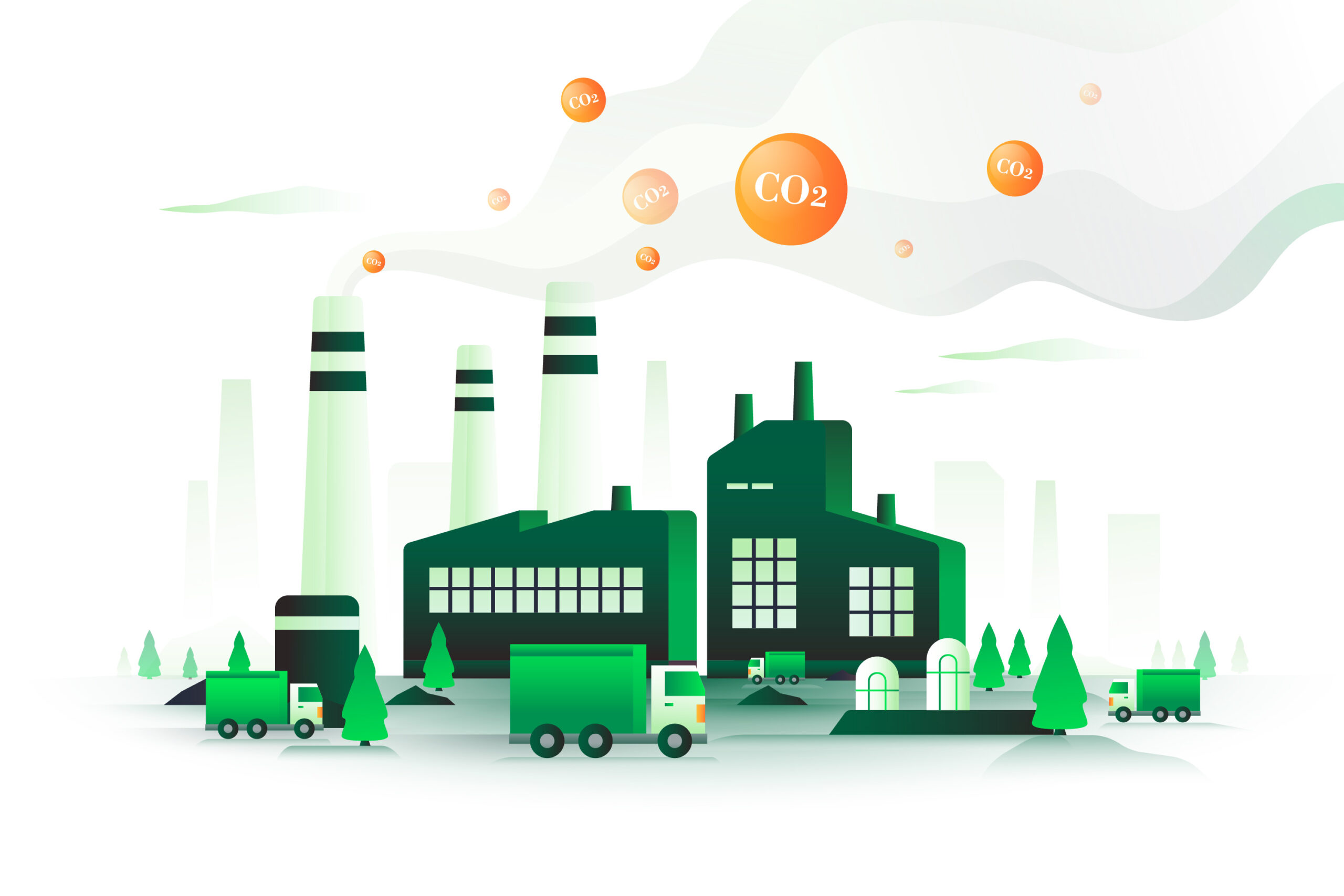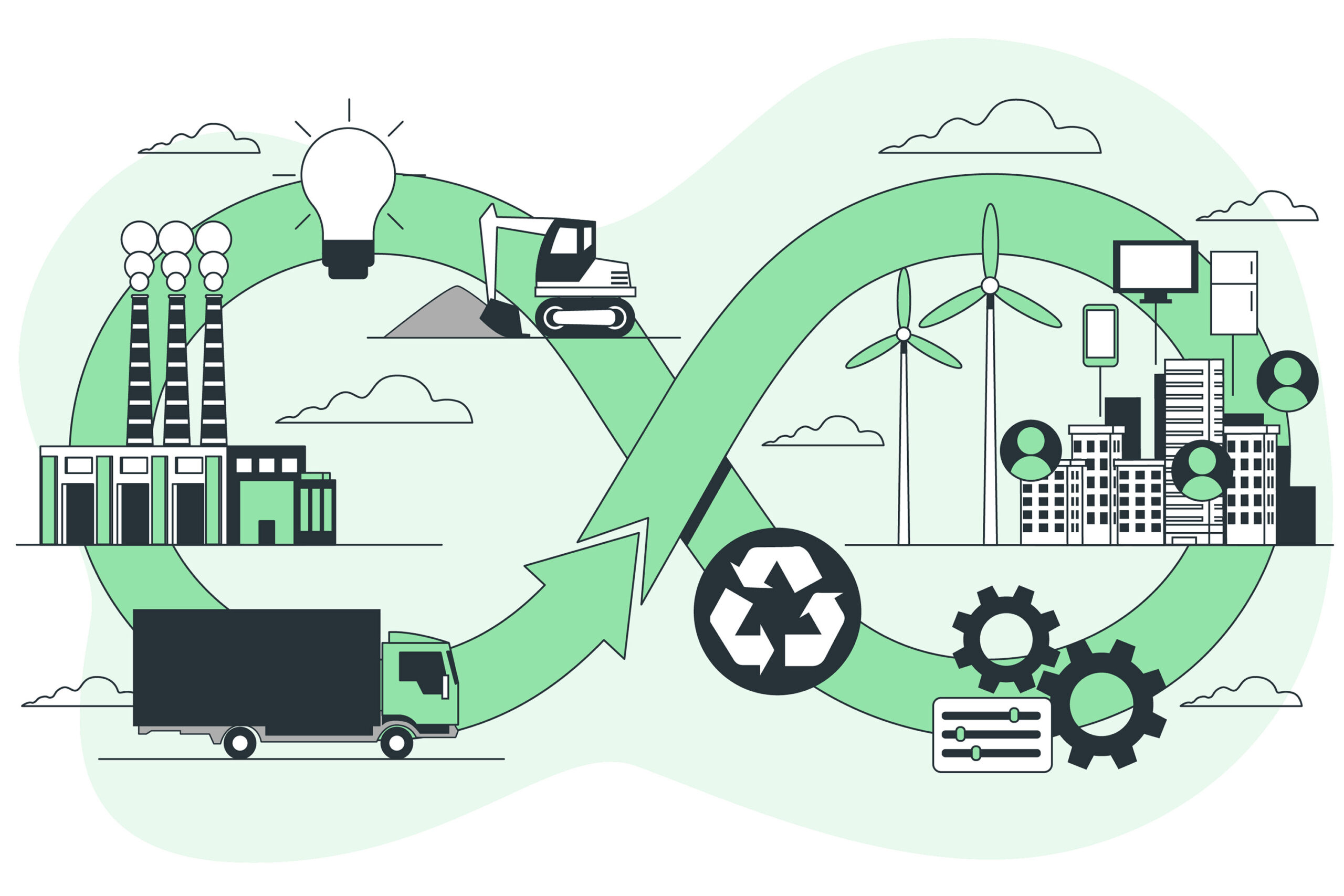Sustainability Doesn’t Stop at Your Factory Gates
So your factory is now energy-efficient and green – that’s great. But what about all the parts and materials coming into your factory?
For many manufacturers, a large portion of their carbon footprint comes from the supply chain.
- The factories that make your raw materials or components might still rely on high-emission energy sources.
- To truly advance SDG 13 (Climate Action) and SDG 7 (Clean Energy), manufacturers must look beyond their own operations.
How to Green Your Supply Chain
The first step? Know your suppliers.
- More companies are now asking suppliers about their energy use and carbon footprint.
- Some manufacturers set sustainability requirements, such as:
- Using a percentage of renewable energy
- Meeting energy efficiency targets
Big Business Examples
- Walmart’s supply chain initiative: Aims to help suppliers cut one gigaton (one billion tons) of CO₂ collectively.
- The strategy? Small improvements across many suppliers lead to a massive overall impact.
How Your Company Can Contribute
1. Share Best Practices
- If your factory installed solar panels and saved money, share your experience with suppliers.
- Demonstrating cost savings can motivate suppliers to adopt green technology.
2. Collaborate on Energy Efficiency
- Conduct joint energy audits to identify inefficiencies.
- Host workshops on sustainable practices.
3. Provide Incentives for Green Investments
- Some manufacturers offer financing or incentives for suppliers to:
- Upgrade to energy-efficient machinery
- Transition to renewable energy sources
The Bigger Picture: Climate Action is a Team Effort
A single factory can be carbon neutral, but if its supply chain runs on fossil fuels, sustainability efforts fall short.
Why Greening the Supply Chain Matters
✅ Larger Climate Impact – Extending sustainability beyond your facility magnifies results.
✅ Risk Reduction – A cleaner supply chain is less vulnerable to future carbon regulations.
✅ Stronger Business Resilience – Sustainable suppliers ensure long-term stability and efficiency.
Conclusion: Every Link in the Chain Must Move Forward
Sustainability isn’t just about your factory—it’s about the entire supply network.
By working with suppliers, manufacturers can:
- Cut emissions on a larger scale
- Boost clean energy adoption
- Strengthen the sustainability of their entire industry
The transition to clean energy and climate-friendly manufacturing needs every link in the chain to move together.











Leave a Reply